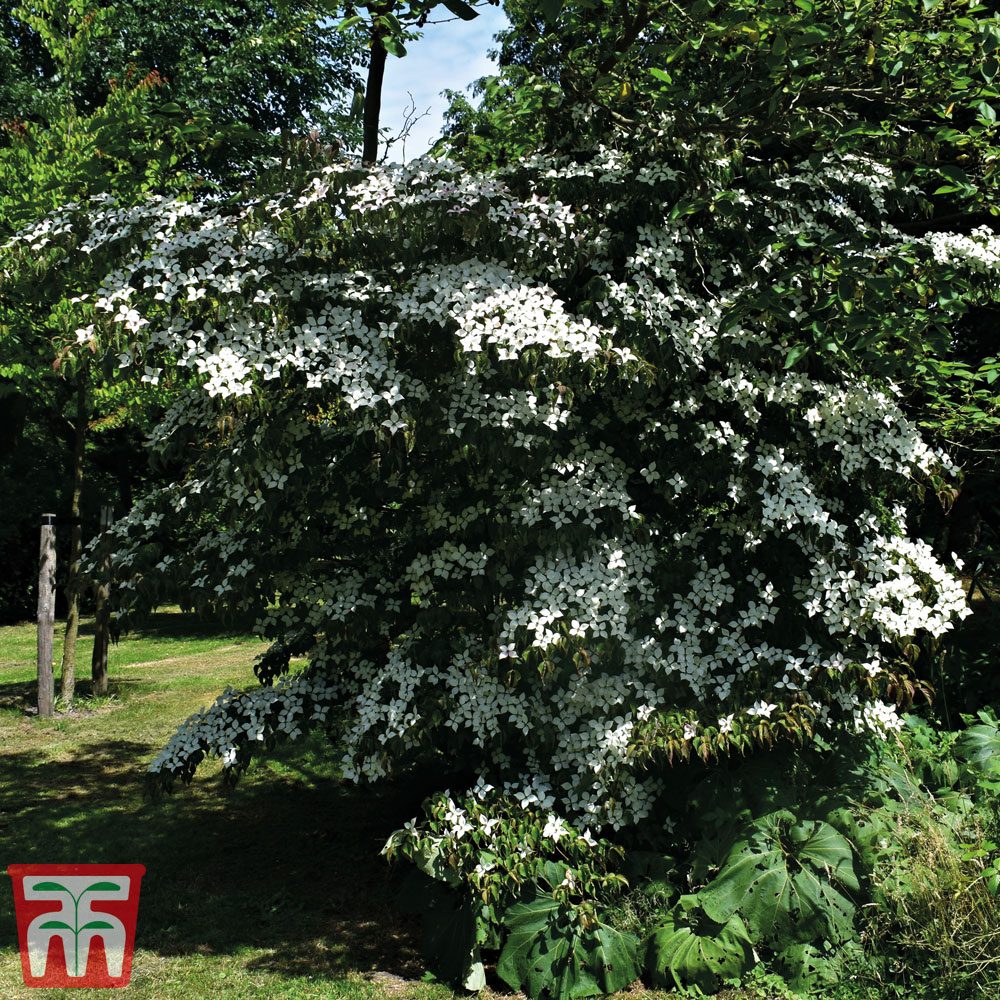
Cornus kousa, Japanese dogwood in GardenTags plant encyclopedia
Variety or Cultivar. 'Teutonia' is a compact, rounded, deciduous tree with ovate, pointed, dark green leaves turning bright red, orange, and yellow in autumn. Small green flower heads surrounded by four wide, prominent, creamy-white bracts in summer are heavily spotted pink with age. Flowers are followed by strawberry-like, reddish-pink fruit.

Cornus kousa Teutonia Cornus kousa, Plants, Flowers
Cornus kousa 'TEUTONIA' Japanese flowering dogwood Teutonia is another extraordinary J apanese dogwood which, apart from its ornamental features, is valued mostly for its exquisite fruit. It is produced from small spheres, composed of tiny flowers that open from late May or early June. The showy parts are four surrounding bracts.
Chinesischer BlumenHartriegel 'Teutonia' Cornus kousa var. chinensis 'Teutonia' Baumschule
4 Options From £24.99. ADD TO BASKET. Description. Rarely seen in gardens but certainly worthy of attention. Cornus kousa 'Teutonia' bears creamy-white summer flowers that age to pale, dusky pink. Edible pink-red fruits replace the blooms in late summer, making a long season of interest. However, this compact Japanese Dogwood is particularly.
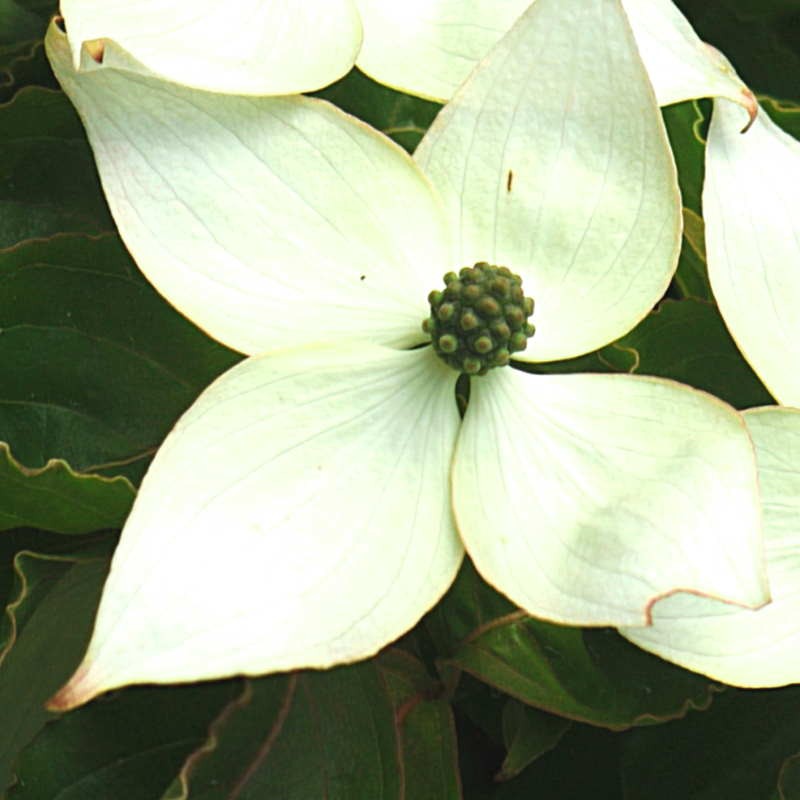
Cornus kousa 'Teutonia'
Noteworthy Characteristics. Cornus kousa, commonly called Kousa dogwood, is a small, deciduous flowering tree or multi-stemmed shrub that typically grows 15-30' tall, with a vase-shaped habit in the early years but eventually maturing to a more rounded form.Bloom occurs in late spring. The showy parts of the Kousa dogwood "flower" (3-5" across) are the four narrowly pointed petal-like.
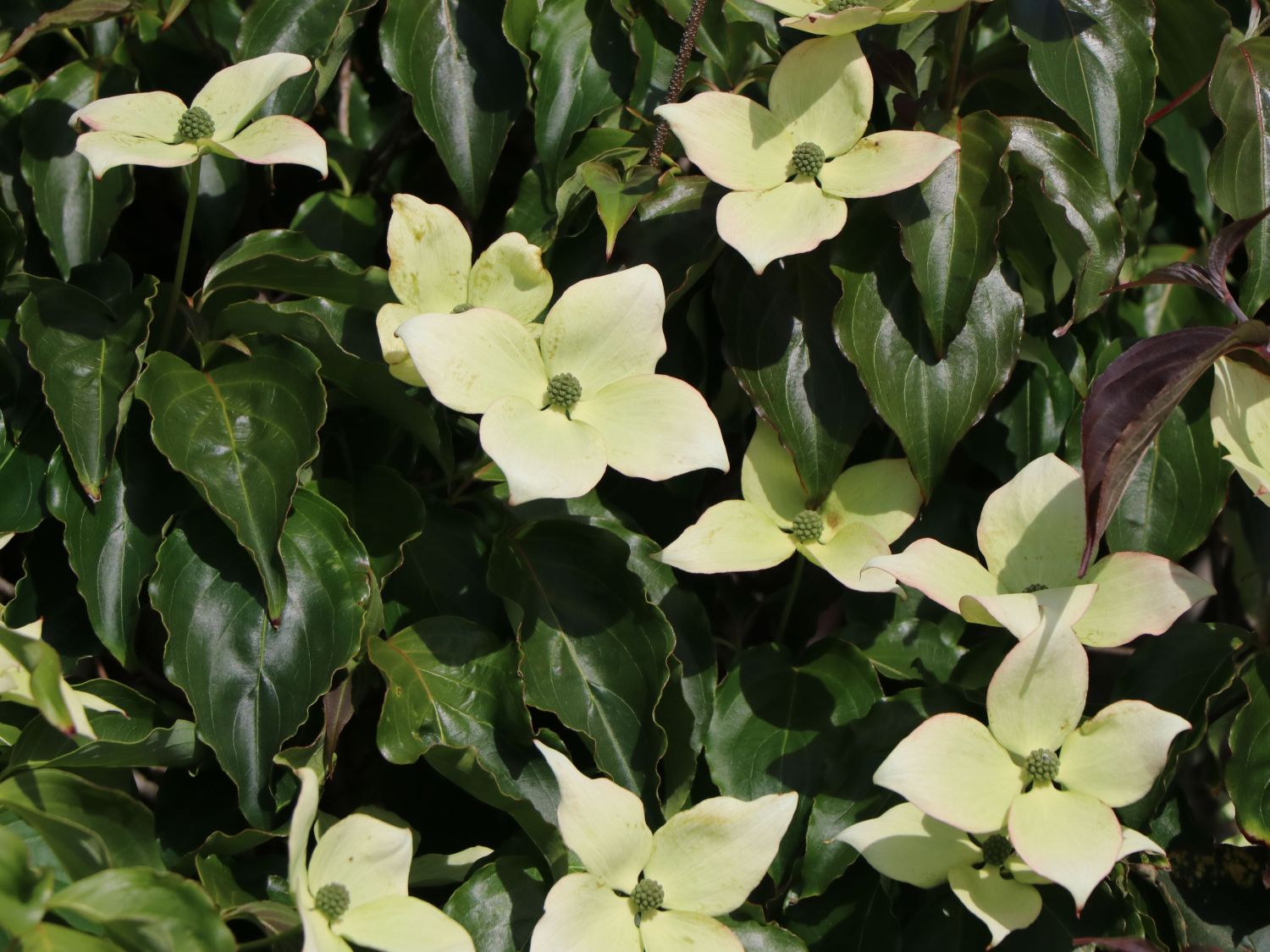
Chinesischer BlumenHartriegel 'Teutonia' Cornus kousa var. chinensis 'Teutonia' Baumschule
Cornus kousa and its cultivars give a stunning display of flowers in late Spring often followed later by spectacular autumn foliage colour. In time they make a large deciduous shrub or small tree of graceful habit, perfect for the smaller garden.
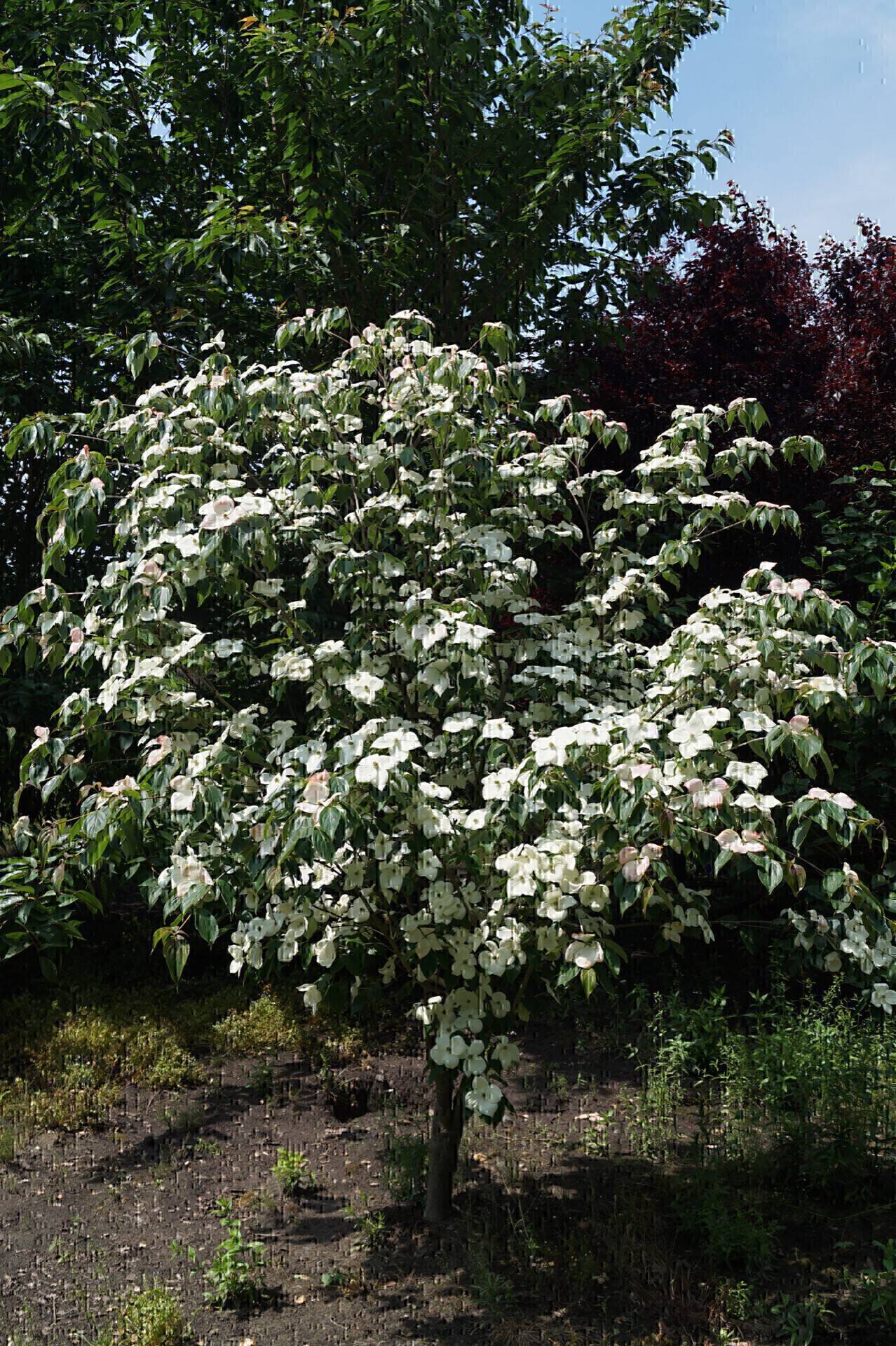
Cornus kousa 'Teutonia' Grootbloemige Japanse kornoelje Den Mulder Boomteelt
Description The Kousa dogwood is a handsome, small- to medium-sized tree reaching a mature height of 30 feet. Sometimes referred to as the Chinese dogwood, this Asian is a cousin to our native flowering dogwood. It can be used as a specimen plant or in shrub borders. The genus name, Cornus, is Latin, from the word, cornu, which means "horn."

Cornus kousa 'Teutonia' Cornus kousa 'Teutonia', mid May. … Flickr
cornus kousa 'Teutonia' A small bushy tree with lightly veined, ovate pointed leaves that turn reddish-purple in autumn. In midsummer, tight clusters of small white flowers are produced, surrounded by large, white overlapping bracts to 8cm long, that are spotted with pink as they mature.

Cornus kousa 'Teutonia', KousaHartriegel Bauer Baumschulen AG
Contents Family: Dogwoods (Cornaceae) Genus: Cornus Trivial names: Red dogwood, flowering dogwood Origin: Asia, America and subtropical areas. However, it is predominantly native to the northern hemisphere Dogwoods are shrubs and small trees Plant height: Only after many years they reach their full height of up to 5 - 7 meters
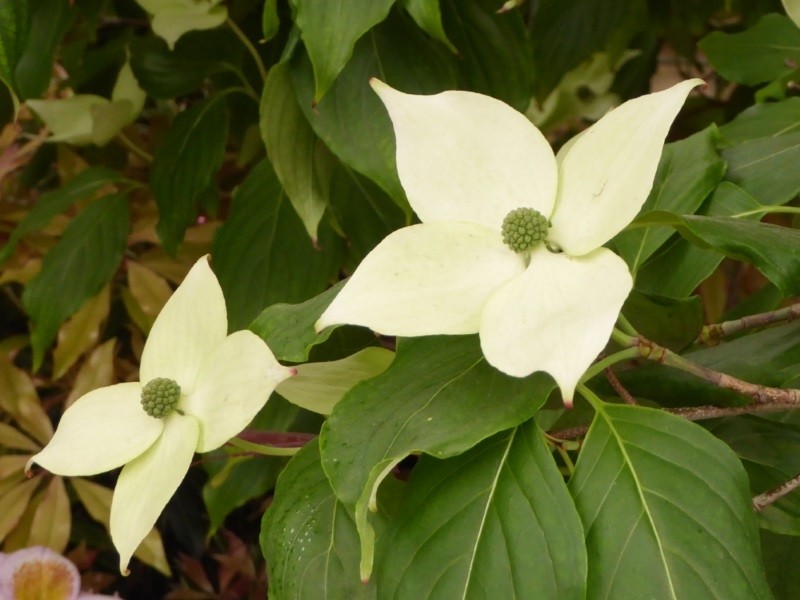
Cornus kousa 'Teutonia' Shrubs Plants
Specifications Height: 6-8 m Crown: broad vase-shaped, half-open crown, capricious growing Bark and branches: flaking, grey Leaf: green Autumn colour: yellow, orange, red Flowers: white, flowers in May Fruits: red Spines/thorns None Toxicity: usually not toxic to people, (large) pets and livestock Soil type:
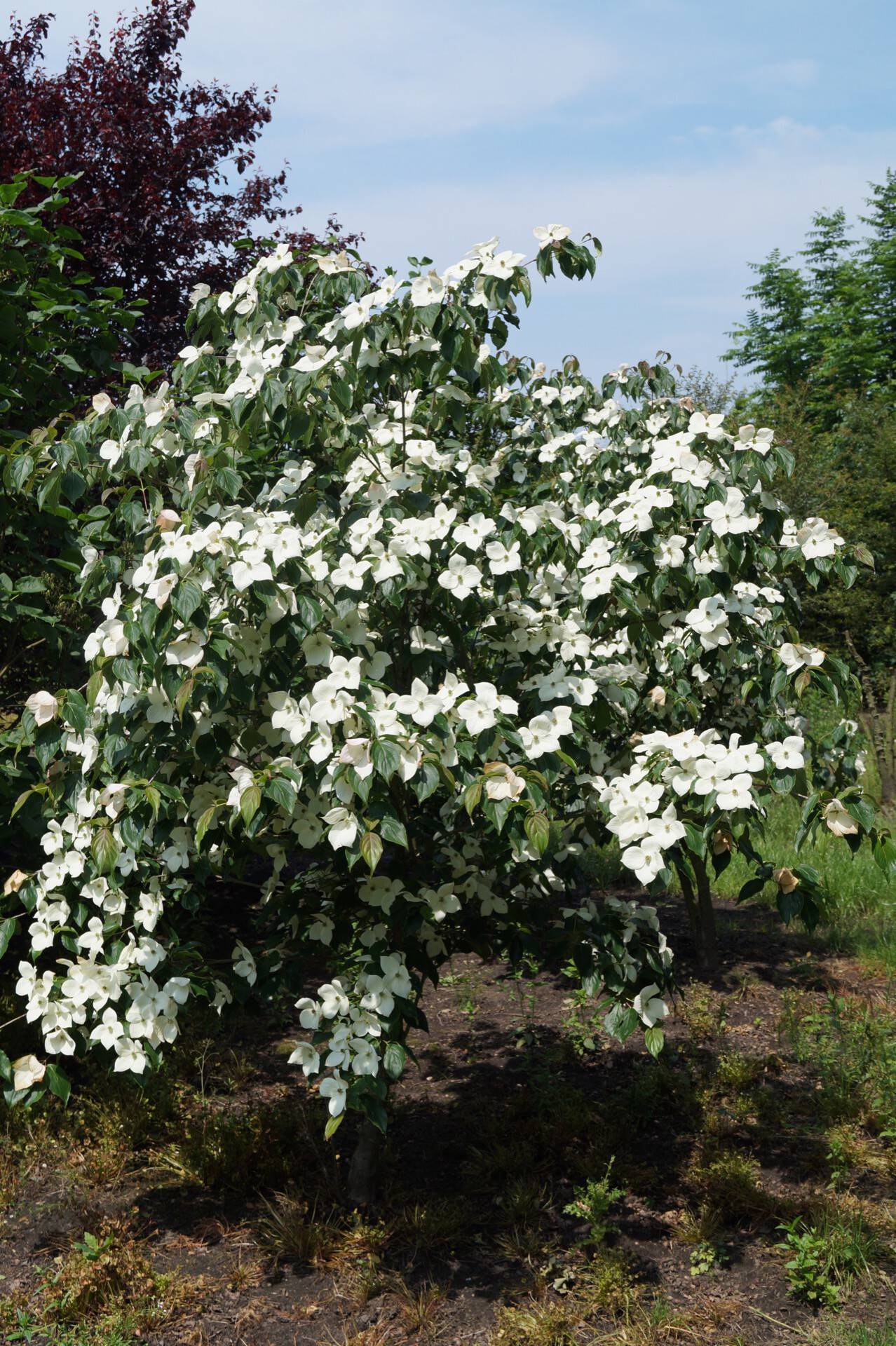
Cornus kousa 'Teutonia' Grootbloemige Japanse kornoelje Den Mulder Boomteelt
Der Cornus kousa 'Teutonia' ist unkompliziert und anpassungsfähig! Das Gehölz ist winterhart und kommt mit einem sonnigen Standort wie auch in halbschattiger Lage bestens zurecht. Als Solitär schmückt er Gärten, Vorgärten oder den eleganten Japangarten. Der Zierstrauch fühlt sich auf leicht saurem, lockerem und humosem Gartenboden am.
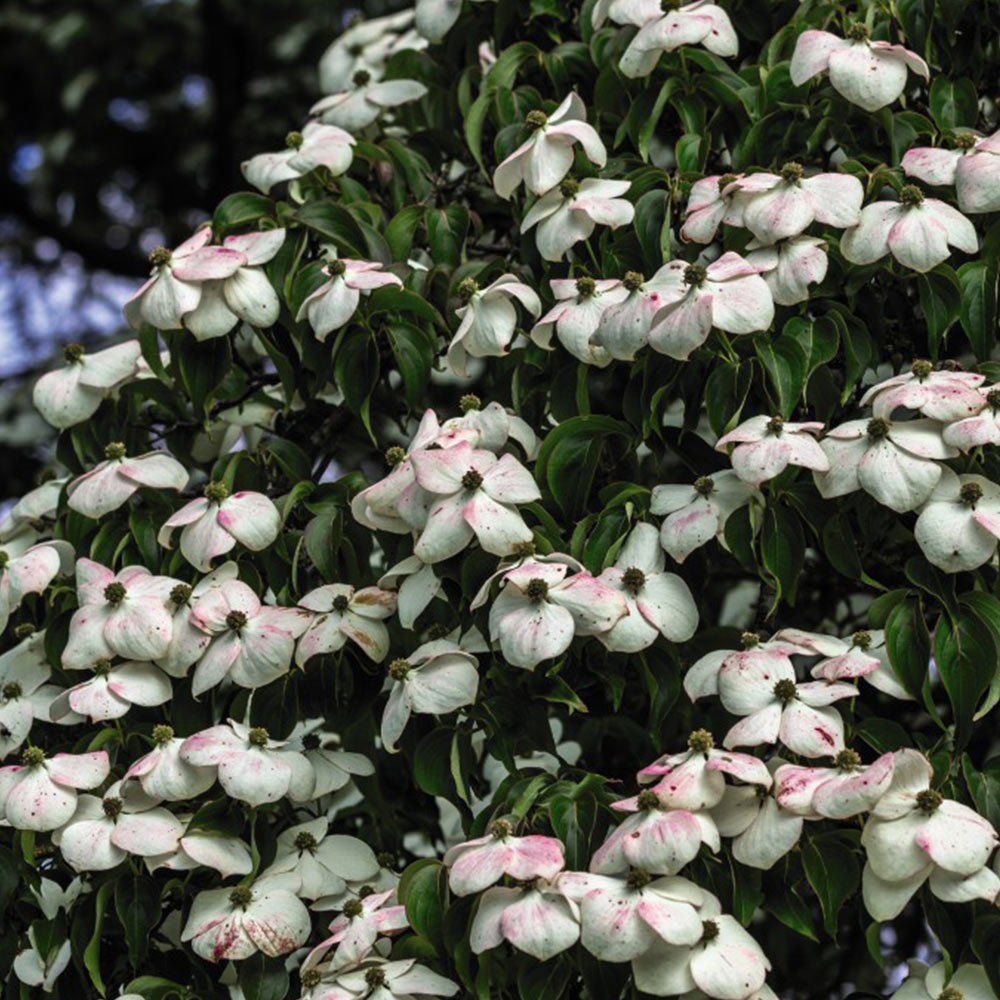
Cornus Kousa Teutonia Dobies
Description: A stunning variety that produces masses of large white bracts in June that become speckled in light pink with age. Vibrant mid-green foliage turns to purple-red during autumn and flowers will be followed by red fruits. Cornus Growing Tips: Thrives in fertile, humus-rich, neutral to acid soil. Unsuitable for shallow, chalky soils.

Baumschule Hachmann
Native to Japan and Korea, Cornus kousa is a large shrub or tree with two good seasons of interest. In early summer it bears white bracts with tiny flowers in the centre, set against the green leaves, and in autumn the leaves flare bronze and crimson. In a good year there will also be strawberry-like pink fruit in autumn.
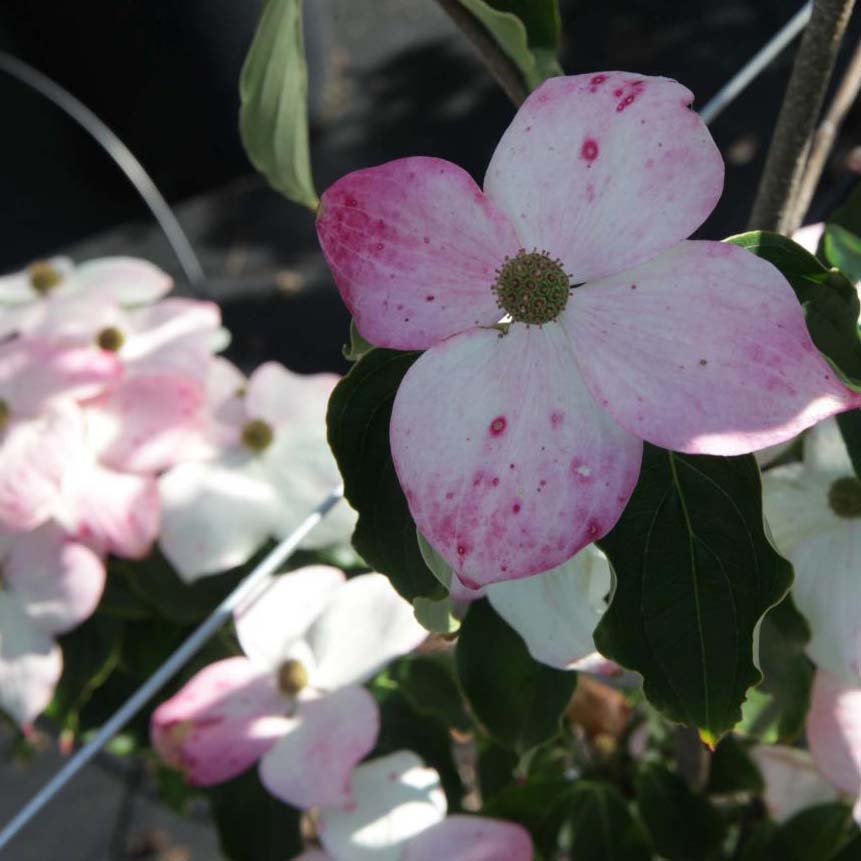
Cornus kousa Teutonia Cornouiller du Japon compact et floribond
The Cornus (dogwood) genus includes a wonderful array of trees and shrubs. Some have winter flowers, others offer stunning bracts in late spring, colourful winter stems, striking autumn foliage or berries. Cornus trees are perfect specimens for a small garden. In almost every month of the year there's interest from one cornus or another.

Japanischer BlumenHartriegel Cornus kousa chinensis Teutonia günstig kaufen
The Citrus Longhorned Beetle (CLB) Anoplophora chinensis (Förster) (= malasiaca) (Coleoptera, Cerambycidae), was first discovered in northern Italy in 2001 (Colombo & Limonta, 2001; Maspero et al. 2007), where it is considered a serious threat to urban environments, nurseries and natural ecosystems. Since this time the number of interceptions.
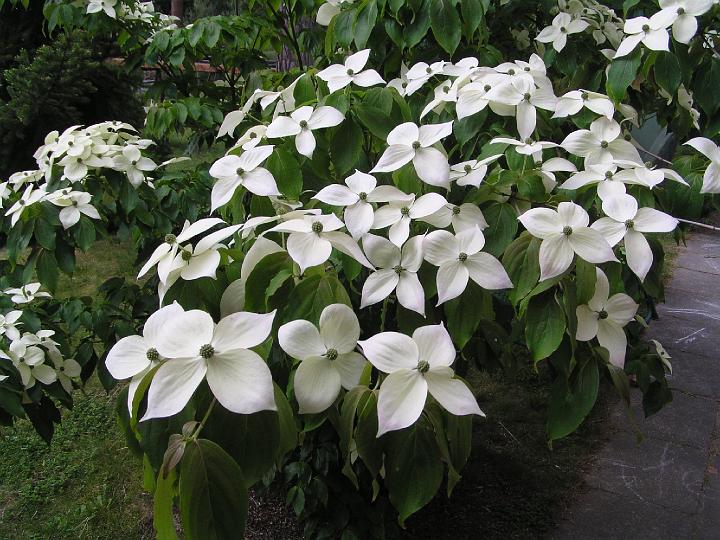
Cornus kousa 'Teutonia' eurodogwoods
The right time to plant Cornus kousa 'Teutonia' is during the dormancy period. In Western Europe, Cornus kousa 'Teutonia' with root balls can generally be planted from mid-November to late April, although this depends strongly on the climatic conditions and the species of tree.
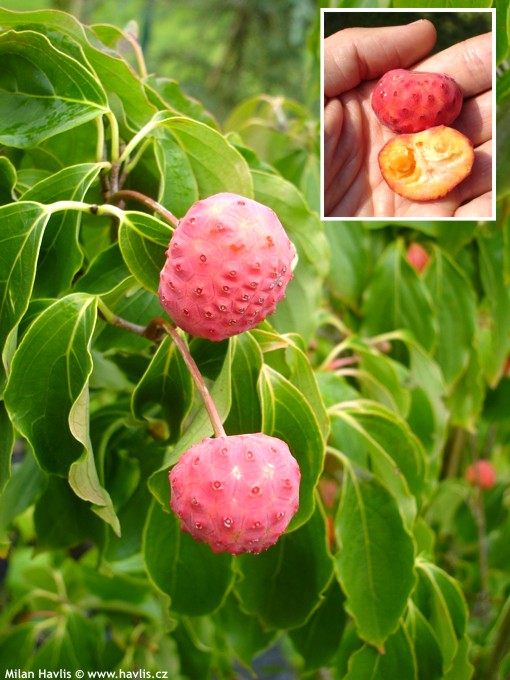
Cornus kousa 'TEUTONIA' Havlis.cz
An attractive, readily available substitute has been found in Cornus kousa, the kousa dogwood. Planting the Cornus kousa can do wonders for a landscape design by adding four-season interest, extending the bloom time in the spring, and attracting plenty of wildlife, all while having a form and traits that add to its versatility.